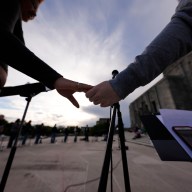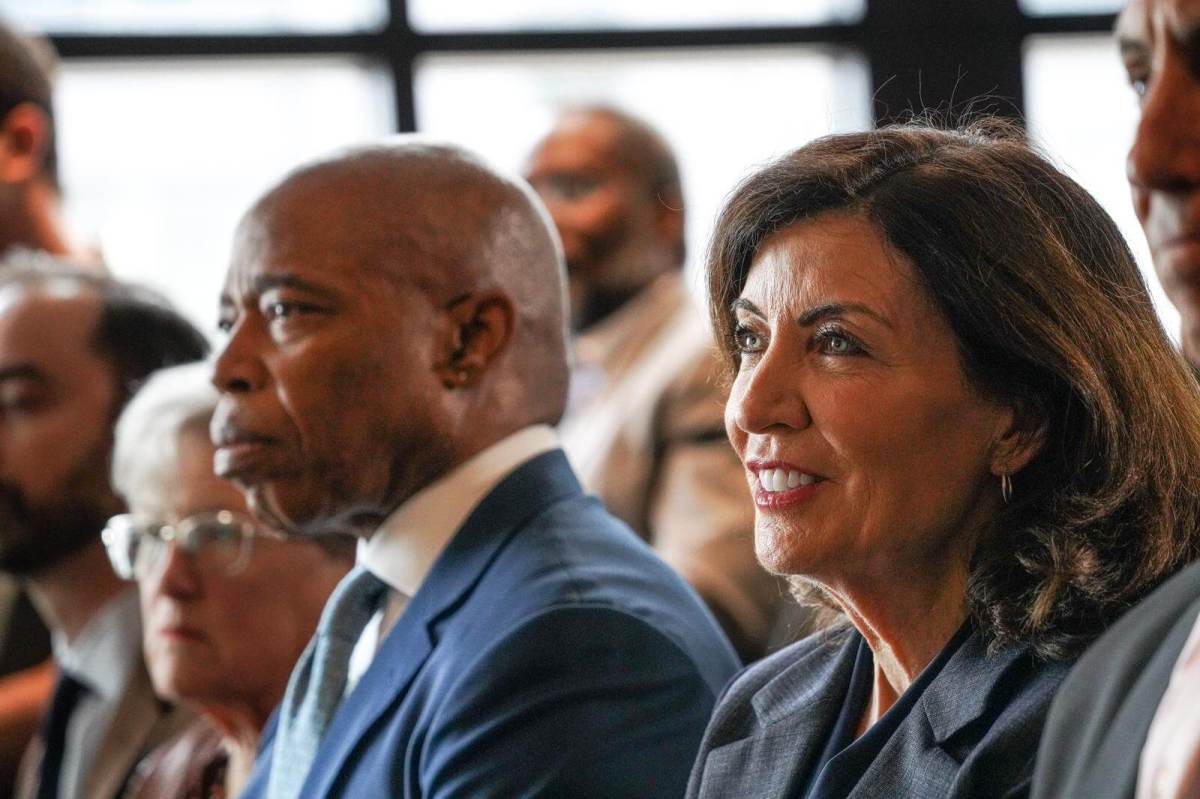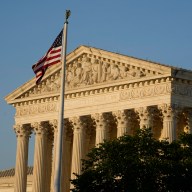When crowds throng Coney Island for the annual Nathan’s hot dog eating contest Wednesday, they’ll find the new – the “Scream Zone” roller coaster – and the old, like Denny’s ice cream.
It’s all part of the remaking of the Brooklyn beachfront that began in 2003, when the city launched a rezoning process to transform the area.
But it’s easy to forget that the amusement district was never the main target of the rezoning. The focus was to the west of the rides, where the city promised to bring mixed-use housing and retail towers to vacant lots.
Three years later, though, there is little sign of the condo messiah arriving anytime soon.
Construction on a single apartment building on the boardwalk at West 32nd Street began two winters ago, but remains unfinished. Nearby, Coney Island Commons, a mixed-income coop complex, has blown past its original summer 2009 target completion date and is now slated for an opening in 2013.
In lots rezoned for new development, meanwhile, a plywood-bedecked single-story building is the only sign of new construction.
Some of this, no doubt, can be blamed on the collapse of the housing bubble. Yet even if demand for beachfront condos rebounded tomorrow, residents warn that it would still take years, if not decades, of sewer and electrical upgrades before Bloomberg’s residential dreams could become reality.
An EDC spokesperson defended the city’s plans as practical and said that three years into the 30-year plan, “Significant progress has already been made.”
Estimating a decades-long wait in Coney
The city’s Economic Development Corporation, in charge of the rezoning, has a 30-year plan for redevelopment. The first phase of infrastructure upgrades — a set of new storm sewers and ungraded sanitary pipes along West 15th Street and a short stretch of Surf Avenue — is currently in the design phase, with a target completion date of 2015. In surrounding blocks, the city estimates the design phase will last until 2022. But the peninsula’s infrastructure needs, according to locals, go far beyond those few square blocks. Says community board 13’s district manager Chuck Reichenthal, “You can’t put up highrise hotels, buildings or anything else, when what exists now has flooding problems.”
















